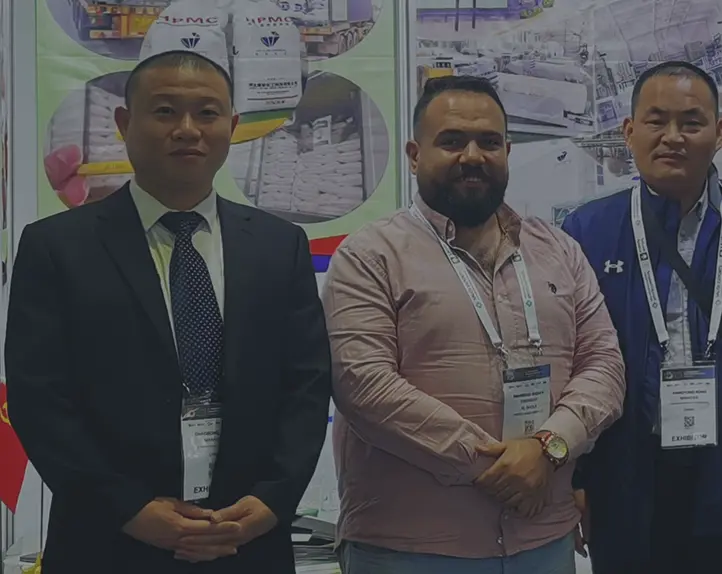
Dec . 17, 2024 12:36 Back to list
redispersible polymer powder types
Understanding Redispersible Polymer Powder Types
Redispersible polymer powders (RDPs) have become essential in the construction and building materials industry due to their ability to enhance the performance of cement-based formulations. These powders are made from polymer emulsions that are dried into a powder form, allowing them to be transported and stored more conveniently. When mixed with water, RDPs redisperses into the original emulsion, contributing valuable properties such as improved adhesion, flexibility, and water resistance to the final product. This article aims to delve into the different types of redispersible polymer powders and their specific applications.
1. Vinyl Acetate-Ethylene (VAE) Copolymer Powders
One of the most widely used types of RDPs is Vinyl Acetate-Ethylene (VAE) copolymer powder. This type is particularly valued for its excellent adhesion properties and flexibility. VAE powders are often used in tile adhesives, flooring compounds, and external wall insulation systems due to their ability to improve the elastic properties of the formulation. Moreover, VAE copolymers offer good resistance to water and weather changes, making them suitable for outdoor applications.
2. Acrylic Copolymer Powders
Acrylic copolymer powders are another dominant category of redispersible polymer powders. Known for their outstanding weather resistance, these powders are commonly included in paints, coatings, and sealants. Acrylic RDPs provide exceptional durability and UV stability. They contribute to improved color retention and overall longevity of products exposed to outdoor conditions. Additionally, because acrylics can enhance the breathability of coatings, they are often used in applications where moisture management is crucial.
3. Styrene-Acrylic (SA) Copolymer Powders
Styrene-Acrylic copolymer powders combine the advantages of both styrene and acrylic components. This type of RDP exhibits excellent adhesion to a variety of substrates, making it an ideal choice for wall systems, EIFS (Exterior Insulation and Finish Systems), and textured coatings. The presence of styrene lends enhanced hardness and durability, while the acrylic component contributes to flexibility and weather resistance. Such properties make SA copolymers particularly effective in both interior and exterior applications.
redispersible polymer powder types

4. Ethylene Vinyl Acetate (EVA) Powders
Ethylene Vinyl Acetate (EVA) powders are recognized for their superior impact resistance and flexibility. These powders are utilized in a variety of applications, from adhesive formulations to roofing membranes. EVA RDPs are highly effective in providing tackiness and improving the cohesiveness of mixtures. They are especially beneficial in formulations requiring additional flexibility, making them suitable for areas subject to movement or stress.
5. Polyvinyl Acetate (PVA) Powders
Polyvinyl Acetate (PVA) powders are primarily used in applications requiring high gloss and transparency. These powders are commonly found in adhesives and paints where aesthetic properties are paramount. While PVA RDPs may not provide the same level of water resistance as some of the other types, they excel in applications that prioritize adhesion and film formation.
6. Hybrid Polymer Powders
Emerging trends in the industry have led to the development of hybrid polymer powders that combine multiple polymer types to harness the benefits of each. These innovative formulations can provide tailored properties to meet specific performance criteria, such as enhanced thermal resistance, adhesion, and flexibility. Hybrid RDPs are becoming increasingly popular as they can serve niche applications with specialized needs.
Conclusion
The variety of redispersible polymer powders available today allows for significant customization in construction materials. By choosing the appropriate RDP type, manufacturers can improve product performance—enhancing features such as flexibility, durability, and water resistance. Understanding the distinct properties of each polymer type is crucial for achieving optimal results in construction applications. As the industry continues to innovate, the demand for diverse and effective redispersible polymer powders will undoubtedly grow, shaping the future of building material formulations.
-
Versatile Hpmc Uses in Different Industries
NewsJun.19,2025
-
Redispersible Powder's Role in Enhancing Durability of Construction Products
NewsJun.19,2025
-
Hydroxyethyl Cellulose Applications Driving Green Industrial Processes
NewsJun.19,2025
-
Exploring Different Redispersible Polymer Powder
NewsJun.19,2025
-
Choosing the Right Mortar Bonding Agent
NewsJun.19,2025
-
Applications and Significance of China Hpmc in Modern Industries
NewsJun.19,2025







